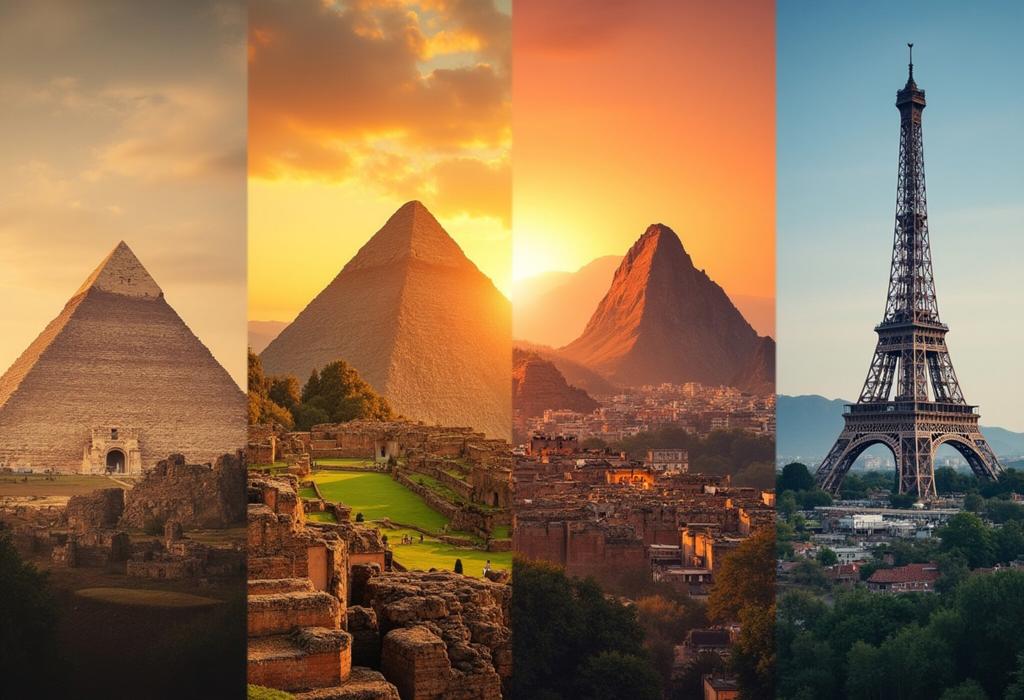For more details on this content, please review the step-by-step guide and frequently asked questions.
Exploring the Enigmatic Nazca Lines

Step-by-Step Guide
Introduction to the Nazca Lines
The Nazca Lines are a group of large geoglyphs created by the Nazca culture between 500 BCE and 500 CE, located in the Nazca Desert in southern Peru. They depict various figures, including animals, plants, and geometric shapes. Begin your exploration by understanding the historical and cultural context of these lines.
Geographic and Environmental Context
Learn about the geographical features of the Nazca Desert. Its dry climate, stable winds, and unique soil composition have helped preserve these geoglyphs over the centuries. Understand why these environmental factors were favorable for creating and maintaining the Lines.
Historical Significance
Research the Nazca civilization and their way of life. Explore their agricultural practices, religious beliefs, and how the Nazca Lines may have played a role in their society, possibly relating to astronomy or religious rituals.
Types of Nazca Lines
Identify the different types of geoglyphs found in Nazca. Categories include zoomorphic figures (like monkeys, birds, and whales), phytomorphic figures (plants), and geometric shapes (lines and geoglyphs). Study a few examples in detail to understand their complexity.
Methods of Creation
Examine the techniques the Nazca people possibly used to create these geoglyphs. This may include removing surface stones to reveal lighter soil, and how they maintained accuracy over large distances.
Theories Behind the Purpose
Explore the various theories proposed by archaeologists and historians about the purpose of the Nazca Lines. This includes hypotheses about astronomical alignments, water rituals, and symbolic markers for paths or roads.
Modern Discoveries and Technology
Learn about modern archaeology techniques, including aerial surveys and satellite imagery, which have allowed researchers to uncover new geoglyphs and enhance our understanding of the Nazca Lines.
Cultural Impact and Preservation
Investigate the impact of tourism and modern civilization on the Nazca Lines. Discuss preservation efforts and the importance of protecting these ancient geoglyphs from environmental and human threats.
Visiting the Nazca Lines
If you are physically visiting the site, learn about travel options, tours available, and what to expect when viewing the lines. Understand the perspective required to truly appreciate their scale and detail.
Concluding Thoughts and Future Research
Wrap up your exploration by reflecting on the significance of the Nazca Lines in contemporary archaeology. Consider where research may lead in the future and how advancements in technology may uncover even more secrets about this ancient site.








